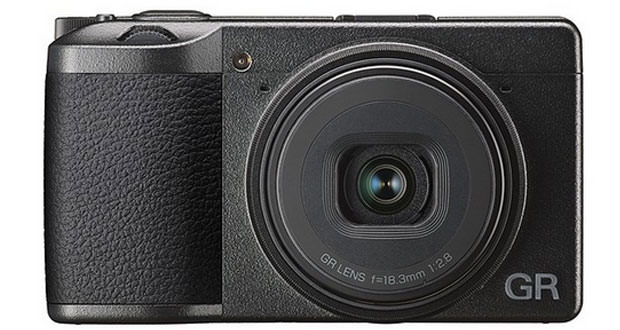Ricoh GR III: Presented the new compact
Ricoh GR III is the new compact camera that does not renounce to performance. Although aimed at users who are not too savvy, this camera allows you to enjoy a 24 MPixel APS-C sensor and a 28 mm f/2.8 lens.
Ricoh GR III is the new compact camera of the Japanese brand that aims at a demanding audience (but still looking for a simple solution). Compared to the previous model, there are many innovations for the third generation that allow it to give more creative capacity to the user interested in this kind of cameras.
The new Ricoh GR III has a 24.2 MPixel CMOS sensor in APS-C format, covering a sensitivity from 100 to 102,400 ISO. The capabilities of the hardware allow you to record video at 1080/60p, but the option for 4K is missing. Moreover, for those who want to, it is possible to save their own files also in RAW format so as to allow a more accurate editing or adjustment.
The integrated lens in the Ricoh GR III is a 28 mm equivanent with a maximum aperture of f/2.8 (and a minimum of f/16). Two aspherical lenses were also used to improve image quality. The minimum focusing distance is 6 centimeters (and there is also a 2-stop ND filter) and uses a hybrid AF system. Among the accessories, there is also a wide-angle lens (to be placed over the integrated one) that allows for up to 21 mm equivalent.
Ricoh GR III starts up in just 0.8″ so you can try to capture even the fastest actions. Much has been done in terms of usability with the new 3″ rear LCD display and 1.04 million points, which is touch. This means that you can manage the various functions without using physical buttons. The body of this camera is then made of magnesium alloy, thus reducing weight and increasing resistance.
Do not miss the advanced connectivity like the USB Type-C (both for file transfer and for charging), Bluetooth and Wi-Fi. The battery is larger but less durable than in the past, reaching 200 shots and the built-in flash is not included. The motivation is due to the hardware part that consumes the most energy, in particular, the in-body optical stabilization system (on three axes).
Product prices and availability are subject to change. Any price and availablility information displayed on Amazon at the time of purchase will apply to the purchase of any products.


